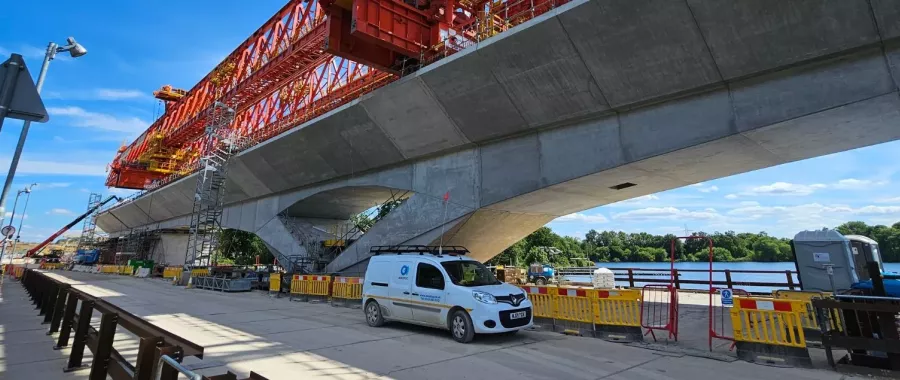ITM Monitoring - now SOCOTEC Monitoring - showcased an innovative new earthworks monitoring technology, PRIME, at the Institute of Civil Engineers in London.
PRIME was developed by the British Geological Survey (BGS) Geophysical Tomography Team in close collaboration with a steering group of industry experts. Professor Jonathan Chambers – Principal Geophysicist and Leader of the BGS Geophysical Tomography Team answers some questions about the technology.



